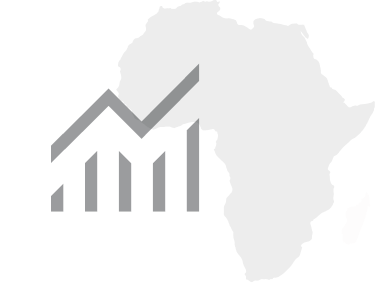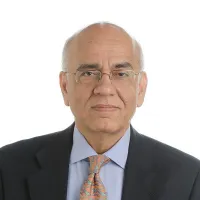Confronting Incoherence in Development Financing Discussions
13 August, 2024
Without getting lost in the details, the one fact that stands out is that most estimates of needs are orders of magnitude larger than currently available finance and larger than plausible estimates for the financing that is likely to be available in the next five years. While there is substantial potential to mobilize finance by redirecting illicit financial flows from Africa or by exploiting Africa’s natural competitiveness in supplying carbon markets, realizing this potential will take many years.
Thus, aggregate financing needs for meeting the SDGs and delivering on the climate agenda exceed current flows of domestic and international finance for African development by hundreds of billions or even trillions of dollars every year. Concessional finance or ODA flows are under pressure from the rising needs for humanitarian assistance and refugees as well as the redirection of funds to deal with the consequences of the war in Ukraine (and, in the future, Gaza). The expectation of a sharp and sustained increase in private financing for development and climate projects assumes a break from past trends and entrenched practices among private investors and official development finance institutions, both of which are expected to play a catalytic role in enabling this increase. And, while the sources and destinations for illicit financial flows have now been well documented, overcoming the political and financial resistance to clamping down on them remains a challenge.
This disconnect between financial estimates based on needs or potential on the one hand and financing availability driven by fiscal, policy or political constraints on the other is not unique to Africa. But a failure to address it is particularly damaging for constructing a financing strategy for the continent’s future development. The energy and resources spent on elaborating detailed national and continent-wide investment plans that are unlikely to be realized for lack of funding generates frustration and cynicism and hampers a candid dialogue on tradeoffs and priorities. And where it relates to cross border flows, the disconnect between promises and delivery exacerbates the erosion of trust that has damaged international discussions and made it harder to reach agreement to address common problems.
We need this discussion on the incoherence that is inherent in the numbers set out in the different chapters. The challenge for analysts and policymakers is to confront that incoherence and to push for both more realism and more real ambition. Real ambition focuses not on grand plans that lack practical means, but on the means necessary to extend the limits of what is achievable. In the end, it is only by pushing boundaries that we will make a real difference in improving the lives of Africa’s growing population and meeting the expectations of its increasingly impatient youth.



